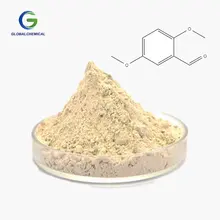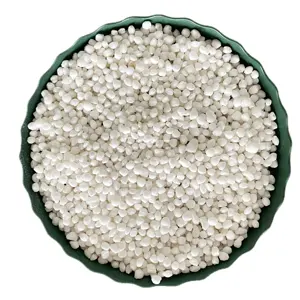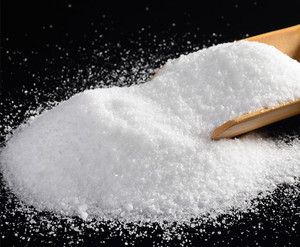Top categories

Energy Chemicals

Flavor & Fragrance

Chemical Reagents

Non-Explosive Demolition Agents

Other Chemicals

Custom Chemical Services

Biological Chemical Products

Painting & Coating

Surface Treatment Chemicals

Catalysts & Chemical Auxiliary Agents

Admixture & Additives

Pigments & Dyestuff

Basic Organic Chemicals

Agrochemicals

Inorganic Chemicals

Coating & Paint
About products and suppliers
Understanding Mono Ammonium Phosphate (MAP)
Mono ammonium phosphate (MAP) is a widely used source of phosphorus (P) and nitrogen (N) in the agricultural industry. Its high phosphorus content makes it an excellent choice for supporting plant growth, particularly in the early stages of development when phosphorus is most needed. As a granular product, it is easily applied and has become a staple in the formulation of monoammonium phosphate fertilizer blends.
Applications and Benefits of MAP
The primary use of mono ammonium phosphate is as a fertilizer, offering a balanced supply of nitrogen and phosphorus for various crops. Its solubility makes it a preferred choice for fertigation and foliar feeding programs. The versatility of MAP extends to its use in fire extinguishers, where its flame-retardant properties are invaluable. In agriculture, the benefits of using MAP include its ability to lower the pH of the soil, enhancing nutrient availability for plants.
Features of Mono Ammonium Phosphate
Mono ammonium phosphate contains approximately 11% nitrogen and 52% phosphorus pentoxide, making it a highly concentrated fertilizer that promotes root and shoot growth. Its water-soluble nature ensures that the nutrients are readily available to plants. Additionally, MAP is compatible with most other fertilizers, which allows for flexible application strategies.
Material Composition and Advantages
The granular form of mono ammonium phosphate is free-flowing, dust-free, and easy to handle, reducing the loss of product during application. The advantages of using MAP include its nutrient-rich composition, which provides a balanced supply of phosphorus and nitrogen, essential for photosynthesis and energy transfer in plants. Furthermore, ammonium phosphate soluble in water ensures that the nutrients are immediately available for plant uptake.
Guidelines for Use and Management
For optimal results, it is crucial to understand the mono ammonium phosphate uses for plants. It should be applied according to soil test recommendations to address phosphorus deficiency, which is often indicated by leaf reddening. Proper management involves applying MAP at the right time, in the right amount, and under suitable environmental conditions to maximize its efficacy and minimize any potential negative impact on the environment.
Choosing the Right MAP Product
When selecting a monoammonium phosphate fertilizer, it is essential to consider the specific needs of your crops and the characteristics of your soil. Alibaba.com offers a diverse range of MAP products to suit different agricultural requirements. The platform facilitates easy access to various formulations, including mono ammonium phosphate 12 61 0, allowing buyers to compare and choose the most suitable product without the influence of brand bias.
























 浙公网安备 33010002000092号
浙公网安备 33010002000092号 浙B2-20120091-4
浙B2-20120091-4